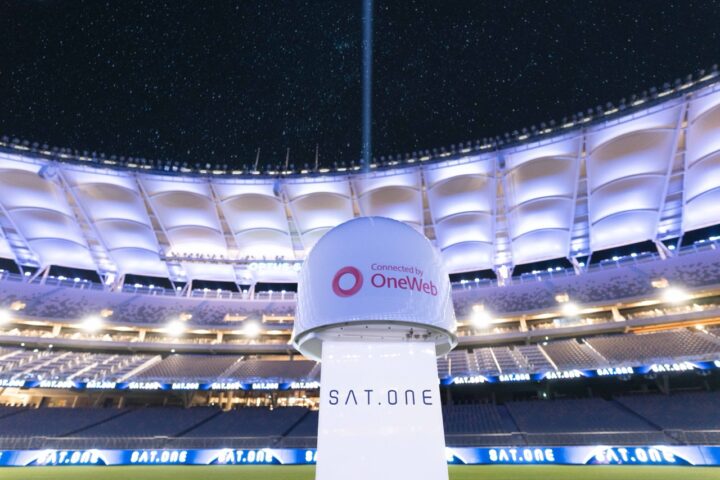In an unexpected move that reverberates through the satellite communications sector, Boeing has signaled a strategic retreat from the competitive arena of Low Earth Orbit (LEO) satellite internet. With its decision to relinquish its LEO satellite constellation license — a direct challenger to SpaceX’s and OneWeb’s burgeoning LEO networks — Boeing alters the dynamics of the global quest for connectivity.
Boeing, a behemoth in aerospace, had grand designs to deploy a broadband internet constellation that now stand abandoned. This Monday, the company officially withdrew its application and incurred a $2.2 million penalty paid to the Federal Communications Commission (FCC). Granted in November 2021, the permit was revoked on October 12 after Boeing’s strategic pivot.
“Boeing remains dedicated to a responsible approach to space and spectrum usage,” stated Michelle Parker, Boeing’s Vice President of Space Mission Systems. Despite the shift, Parker remains positive about the V-band spectrum’s potential to fulfill the escalating demand for satellite internet, signaling that Boeing may yet influence the sector, albeit on different fronts.
SpaceX’s CEO, Elon Musk, known for his incisive online commentary, characterized the competitive environment as challenging following Boeing’s exit. Starlink, SpaceX’s LEO constellation, is an industry titan with over 5,000 satellites in orbit, benefiting from integrated launch capabilities — a luxury Boeing would lack.
Previously, Boeing’s intentions appeared robust, with the launch of their Varuna prototype in September 2022 hinting at a serious commitment to establishing a presence in space-based internet delivery. However, their withdrawal suggests a recalibration of their corporate focus away from deploying a constellation in the immediate future.
OneWeb, supplied in Australia, New Zealand and PNG by Sat.One, is unlike Starlink’s direct-to-consumer ethos and targets business-to-business collaborations, aligning more closely with Boeing’s erstwhile strategy. While both companies are furnishing global connectivity, OneWeb’s approach has been to forge partnerships with telecommunications companies to provide backhaul services, a contrast to Starlink’s direct sales to end-users in remote locations. This bifurcation in business models reflects broader industry diversity in tackling the challenge of global internet access. OneWeb currently has over 530 satellites orbiting the earth at about 1,200km up.

The FCC’s strict deployment timeline—mandating that Boeing have half its constellation active by November 2027—may have contributed to its strategic withdrawal. Although unconfirmed, industry speculation suggests regulatory pressure and the risk of ‘spectrum squatting’ accusations might have been factors.
Boeing’s step back reshuffles the satellite internet landscape, but the field remains vibrant with players like Amazon’s Project Kuiper, which has recently celebrated the launch of two prototypes. OneWeb has also established a significant presence, forging a distinct path that both parallels and diverges from Starlink’s.
As this space race continues, the impact on global connectivity remains a central theme. With different models and players vying for a share of the sky, the dream of a fully connected Earth hovers closer to reality. As new constellations arise and old ones redefine their trajectories, the skies will remain a dynamic frontier of technological innovation and competition.
More internet and communications news on GadgetGuy
The post Boeing exits from Low Earth Orbit satellite internet race appeared first on GadgetGuy.



0 (mga) komento:
Mag-post ng isang Komento